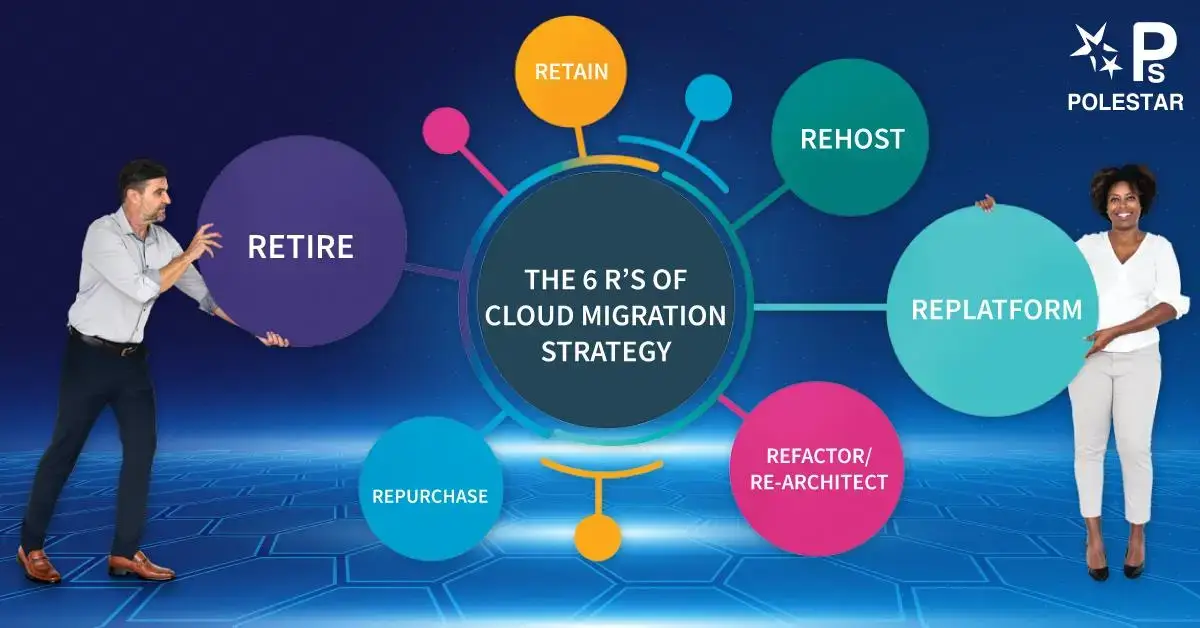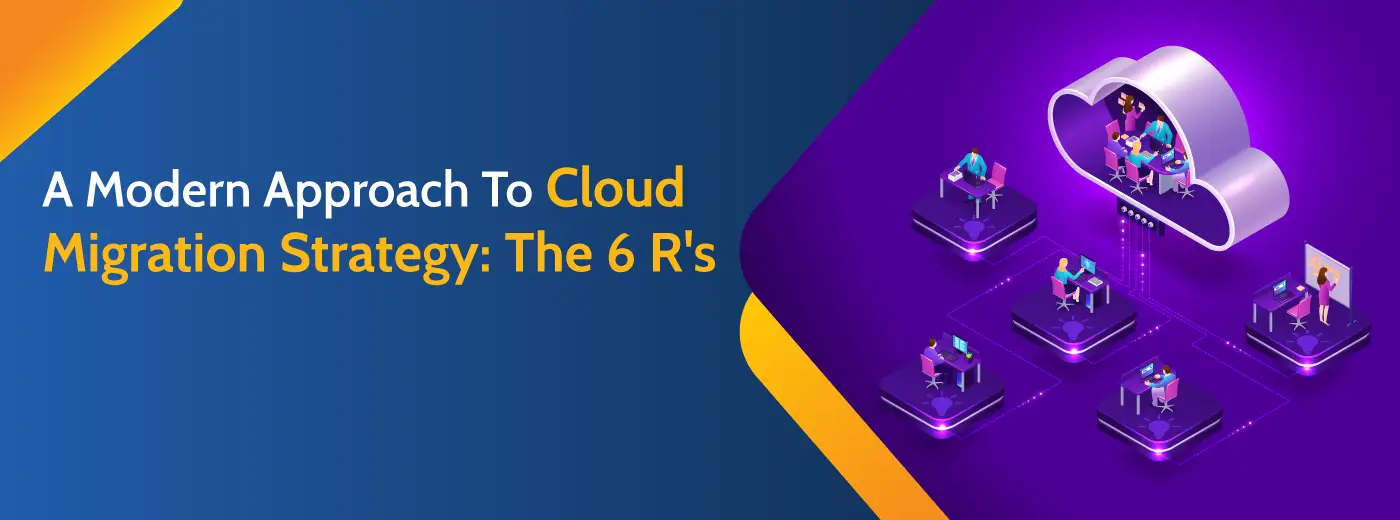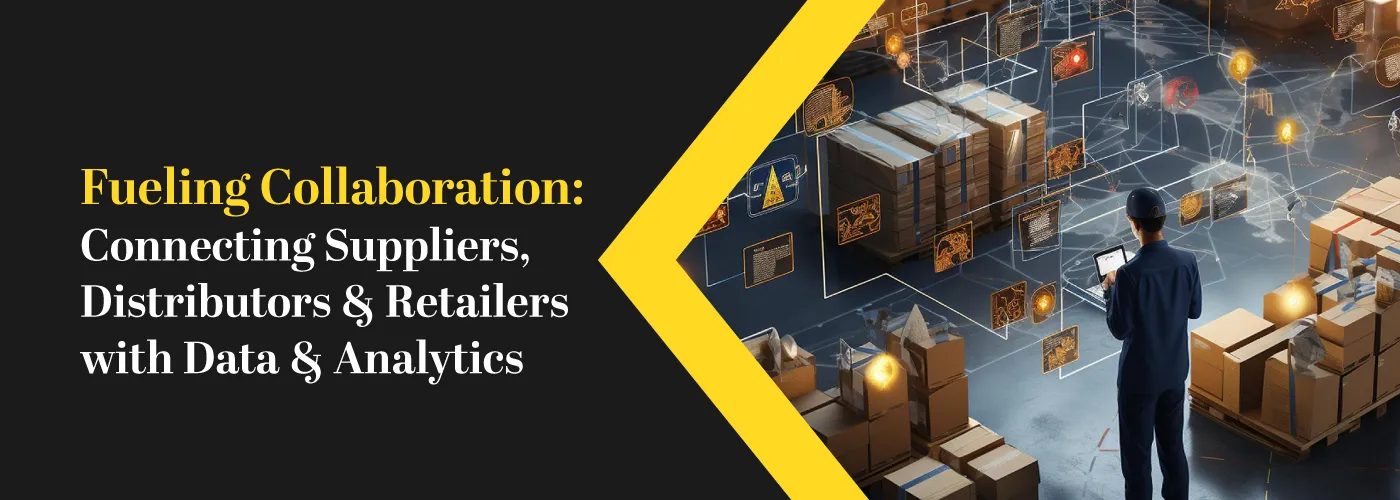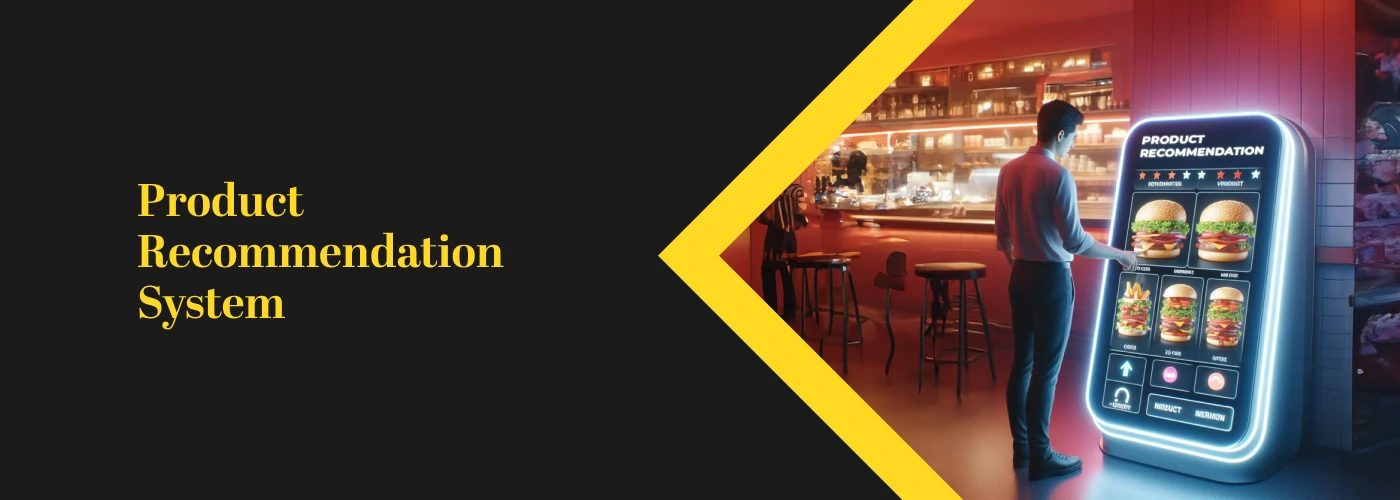Last Updated : 21-September-2023
Editor's Note: Explore the 6 r of cloud migration: Rehost, Refactor, Rearchitect, Replatform, Retire, and Retain. In this insightful article, we delve into the intricacies of enterprise cloud migration strategy to provide you valuable insights into each approach, helping you make informed decisions to optimize your cloud infrastructure.
Introduction
Encapsulating the power of the cloud has become inevitable to succeed in today's digital world, especially when companies are increasingly migrating their applications to the cloud to drive growth. According to Gartner, worldwide spending on public cloud services is forecast to grow up to $304.9 bn in 2021, up from $257.5 bn in 2020. By 2024, more than 45% of IT spending will move from traditional solutions to the cloud.
Despite such bulk spending on the cloud, 1 in every 3 organizations fails to realize its advantages. As per Unisys Cloud Success barometer report, 33% of companies have seen no or slight improvement in organizational effectiveness after cloud adoption. Cloud migration is a costly and complex affair. So, have you ever thought, about how do you avoid a cloud project failure?
The answer lies in proper planning and choosing the right cloud migration approach for your IT assets. This blog aims to understand better a suitable enterprise cloud migration strategy to assist you in curating a path for migration and smoothly moving to the cloud.
What is cloud migration?
In the current scenario, enterprises are operating in a volatile and uncertain world, where anything from an influencer tweet to a pandemic has the potential to disrupt an entire business/organization. The capability to act with agility is widening the gap between industry leaders and laggards.
Cloud migration is not just about moving to the cloud; it is an iterative process of optimization to decrease costs and reach the full potential of the cloud. It influences all the company's aspects, including people, processes, and technology.
For instance, Spotify needed an infrastructure solution that can process 100+ Petabytes of data with a 20k daily data pipeline running, which can connect their millions of creators with a billion fans. Since 2011 the music streaming company has surpassed 1 million customers. To meet this growth, they needed a technology that sustains as massive as 130 million audio files and 8 million events per sec. with more incredible performance.
Spotify migrated 1200+ services and 20k data jobs to the Google Cloud without causing any glitches in the streaming experience of the users. This way, it saved money, secured flexible storage space, and achieved a more reliable, high-quality music experience.
The journey to the cloud is very different for every company, as there is no one-size-fits-all migration plan. Each IT asset to be migrated is distinctive when it comes to - performance, cost, and complexity. So you can't move all components to the cloud with a single method. Developing a roadmap for the migration will answer the questions of what, how, and in what order to move these components.
This is where cloud migration strategies come into the picture.
The 6 R's of Cloud Migration Strategy

An explanation to these strategies with cloud migration use cases.
1. Rehost
With this approach, you "lift and shift" your applications, workloads, or databases from on-premises applications or servers to the cloud with no changes. This "lift and shift" pattern shifts data assets from on-premises to cloud infrastructure, especially embraced for large-scale migrations. Moreover, it also enhances the speed and performance of the cloud at a lower cost.
For instance, One of the UK's leading securities and facilities management companies had an extensive IT infrastructure to serve a wide array of organizational operations. It can save 40-50% costs by moving from an on-premise CapEx to a cloud-based OpEx model. It utilized the 'lift and shift' approach to migrate its entire IT operations to AWS cloud, including client desktop services, multiple websites, and SQL databases.
2. Re-platform
This 'lift, tinker, and shift' strategy is an improved version of rehosting. Re-platform enables you to make configurational changes to the applications to suit the cloud environment without transposing their core architecture. Developers generally apply this approach to change the way apps interact with the database to run on managed platforms such as Google CloudSQL or Amazon RDS.
A well-known social media company, Pinterest migrated from AWS's legacy cloud to the next-generation cloud computing system when it hit over 250 million consumers and served more than 1K microservices with different tools and infrastructure layers. It heeded the 'lift, tinker, and shift' approach to move the micro-services to Docker containers powered by Kubernetes, resulting in reducing instance hours for the engineers and making it cost-effective.
3. Refactor/Re-architect
Sometimes referred to as re-architecting, this approach involves modifying applications to optimize for the cloud environment. While this option may be more time-taking and costly to deploy, it generally results in a longer-term cost reduction, as it most appropriately aligned resources with your requirements.
The perfect example of this type of approach is Netflix, which decided to migrate to the cloud when it experienced utmost database corruption for three days in the year 2008. Netflix chose to re-engineer all of their tech stacks and fundamentally change how they operate, with AWS as its cloud provider. Horizontal scalability, high reliability, and distributed systems in the cloud were significant to their success. The complete refactoring, it took them years but it proved to be an impeccable approach for them. Today, it has eight times as many members as in 2008 and is a global OTT platform in 130 countries.
4. Repurchase
Well known as the "drop and shop" strategy, it generally means moving to a SaaS application with the same abilities. Effectively, it necessitates a licensing change in some of the cases––you drop the present on-premise license and start a new license agreement with a cloud provider for the solution. The newer, upgraded cloud version gives you a better value with higher efficiency, savings on app storage, and maintenance costs.
One such real-world example is Airbnb who switched to Amazon RDS and dropped MySQL during their migration to AWS (Amazon web services). Complex procedures such as replication and scaling were quite challenging to perform with MySQL. Amazon RDS handled and simplified much of the time-taking administrative tasks related to databases on their part. As a result, the engineers were able to spend more time developing and the complete database was migrated to Amazon RDS in just 15 minutes of downtime.
5. Retire
In the 'retire' strategy, you retire apps that are no longer required or productive for your IT departments. If an app is considered not worth migrating to the cloud, it can either be downsized or eliminated. It allows you to investigate all your applications in terms of their uses, dependencies, and cost to the company.
For example, Autodesk retired some apps during its migration to AWS to increase resilience, efficiency, and automation through large-scale modernization and migration. It retired 209 application environments that decreased the attack surface and migrated 239 applications with 97% cost efficiency. Altogether, the enterprise achieved improved business outcomes, reduced costs, better end-user experience, and more robust security.
6. Retain
Retaining, also referred to as revisit, is revisiting some crucial portions/applications of your digital assets that require a crucial amount of refactoring before migrating them to the cloud. Organizations often use it in hybrid cloud deployment to ensure business continuity during large-scale migrations that take several years. For example, Johnson & Johnson and Hess Corporation curated a hybrid cloud environment to support their ongoing AWS migration. It offers advantages of the cloud as well as keeping critical workloads and confidential data on-premise.
Now that you're acquainted with the different cloud migration strategies, you are ready to plan and implement them. Consider every aspect of your business while curating your migration strategies like security, costs, timeline, scaling needs, expertise, and your business goals. Correct guidance and meticulous planning are crucial for a successful migration. Remember, the cloud is the future and the enabler of better business operations. The longer you wait to reap its advantages, the better benefits you will make to catch up.
Our experienced consultants will help you in reducing operational costs, increase innovation, and achieve your business objectives strategically.
How Polestar Solutions Helps with Cloud Migration
At Polestar Solutions, we bring years of experience and expertise in deploying cloud computing services for our enterprise clients - Fortune 500, to unicorns and large enterprises.
We ensure smooth and hassle-free azure cloud migration of your applications, database, and servers and end-to-end analytics workflow deployment using industry-standard technologies such as Azure, AWS, GCP, and Snowflake. Get in touch and explore our cloud solutions today!



